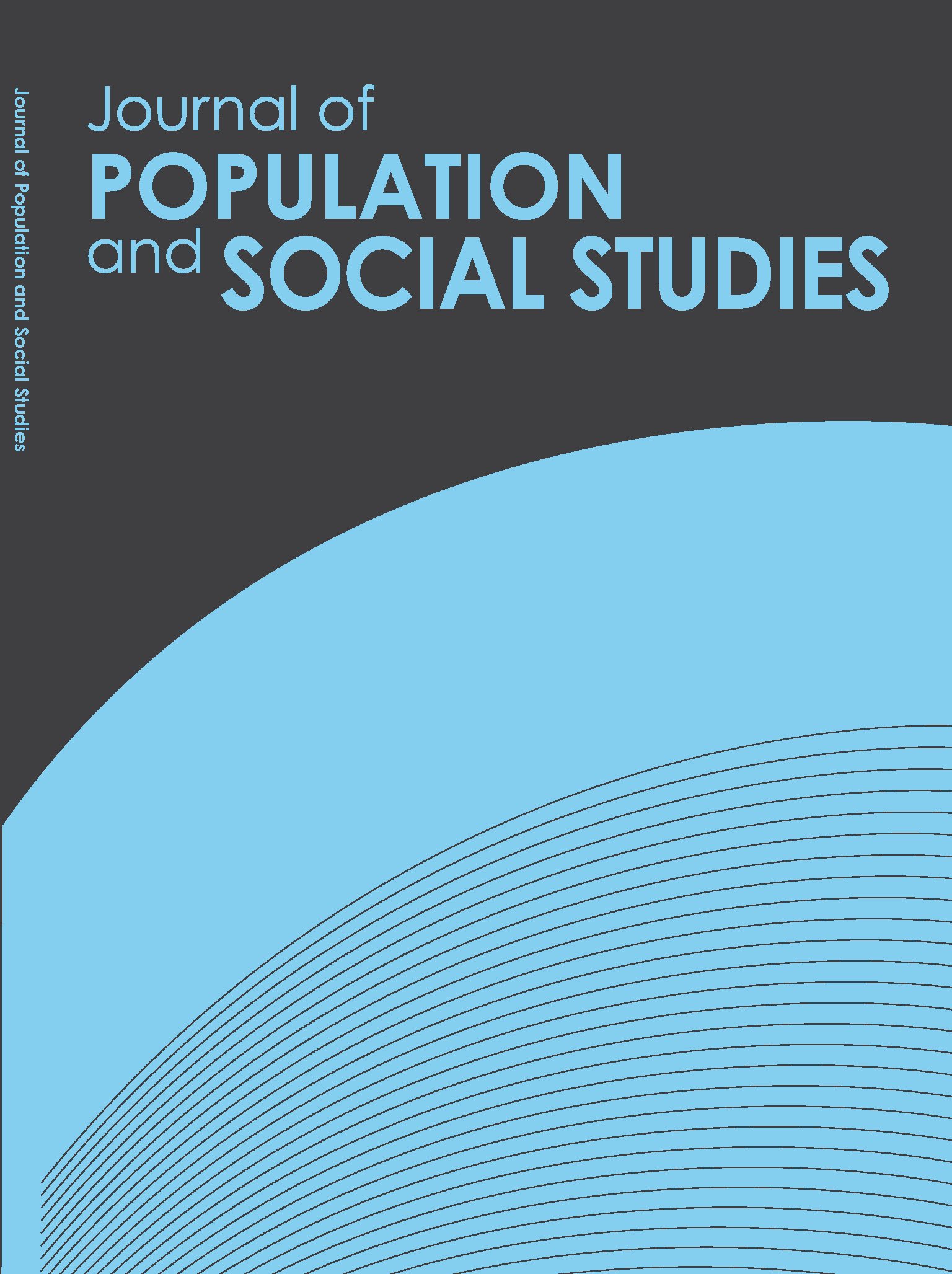Environmental Improvement and Urban Crime Prevention: A case Study of Selected Slum Communities in Bangkok, Thailand
Main Article Content
Abstract
Article Details
References
• Agnew,R.(1992). Foundation for a general strain theory of crime and delinquency. Criminology, 30(1).
• Bandura, A. (1977). Social learning theory. Englewood Cliffs, NJ: Prentice Hall.
• Castonguay, G. & Jutras, S. (2008) Children’s appreciation of outdoor places in a poor neighborhood. Department de psychologie, Universite du Montreal, Quebec. Canada.
• Farrington, D. P. (2007). Preventing crime: what works for children offenders, victims and places. New York: Springer.
• Fishbein, M. (1980). A theory of reasoned action: some applications and implications, In M. M. page (Ed.), Lincoln: University of Nebraska, Press.
• Gottfredson, M. R. & Hirschi, T. A. (1990). General theory of crime.. Stanford University, Press.
• Hindelang. M. J., Gottfredson M. R. & Garofalo.J. (1978). Victim of personal crime: An empirical foundation for a theory of personal victimization. Ballinger Pub. Co.
• Kubota, Y. (2009). Residents fight burglars with flower power. Retrieved September 10, 2013 from http://in.reuters.com/article/2009/06/12/us-flowers-idINTRE55B3LC20090612
• Leventhal, T. & Brooks-Gunn J. (2000). The neighborhoods they live in: the effects of neighborhood residence on child and adolescent outcomes. Center for Children and Families, Teachers College, Columbia University, New York, USA.
• Millennium Ecosystem Assessment. (2005). Ecosystems and human well-being: Synthesis. Island Press, Washington, DC.
• Neighborhood Enhancement Program. (n.d.). Retrieved September1, 2013 from http://www.cincinnati-oh.gov/community-development/neighborhood-development/nep/
• Newman, O. (1972). Defensible space. New York: Macmillan.
• Park, R. & Burgess, E. (1925). Urban ecology studies. Retrieved May 10, 2013 from www.csiss.org/classics/content/26
• Pitner, R. O. & Astor, R. A. (2008). Children's reasoning about poverty, physical deterioration danger and retribution in neighborhood contexts. Journal of Environmental Psychology, 28 (4), 327-338.
• Reckless, W. C. (1970). Containment theory New York, NY: Editura John Witey.
• Shaw, C. R. & Mckay, H.D. (1969). Juvenile Delinquency and urban areas. Chicago ; The University of Chicago Press
• Taft, D. R. & England, R. W., Jr. (1964). Criminology (4th ed.). The Macmillan Company, New York city.
• Taylor, R. B. & Harrell, A.V. (1996). Physical environment and crime. Washington DC: National Justice Institute.
• United Nations Economic and Social Council. (2002). Action to promote effective crime prevention. Retrieved Septembe 3, 2013 from http://www.unodc.org/documents/justice-and-prison-reform/crimeprevention/resolution_2002-13.pdf
• Weber, M. (1978). Economy and society: An outline of interpretive sociology. Berkeley, CA: University of California Press.
• Wilson, J. Q. & Kelling, G. L. (1998). Fixing broken windows: Restoring order and reducing crime in our communities. New York: Touchstone Books.


